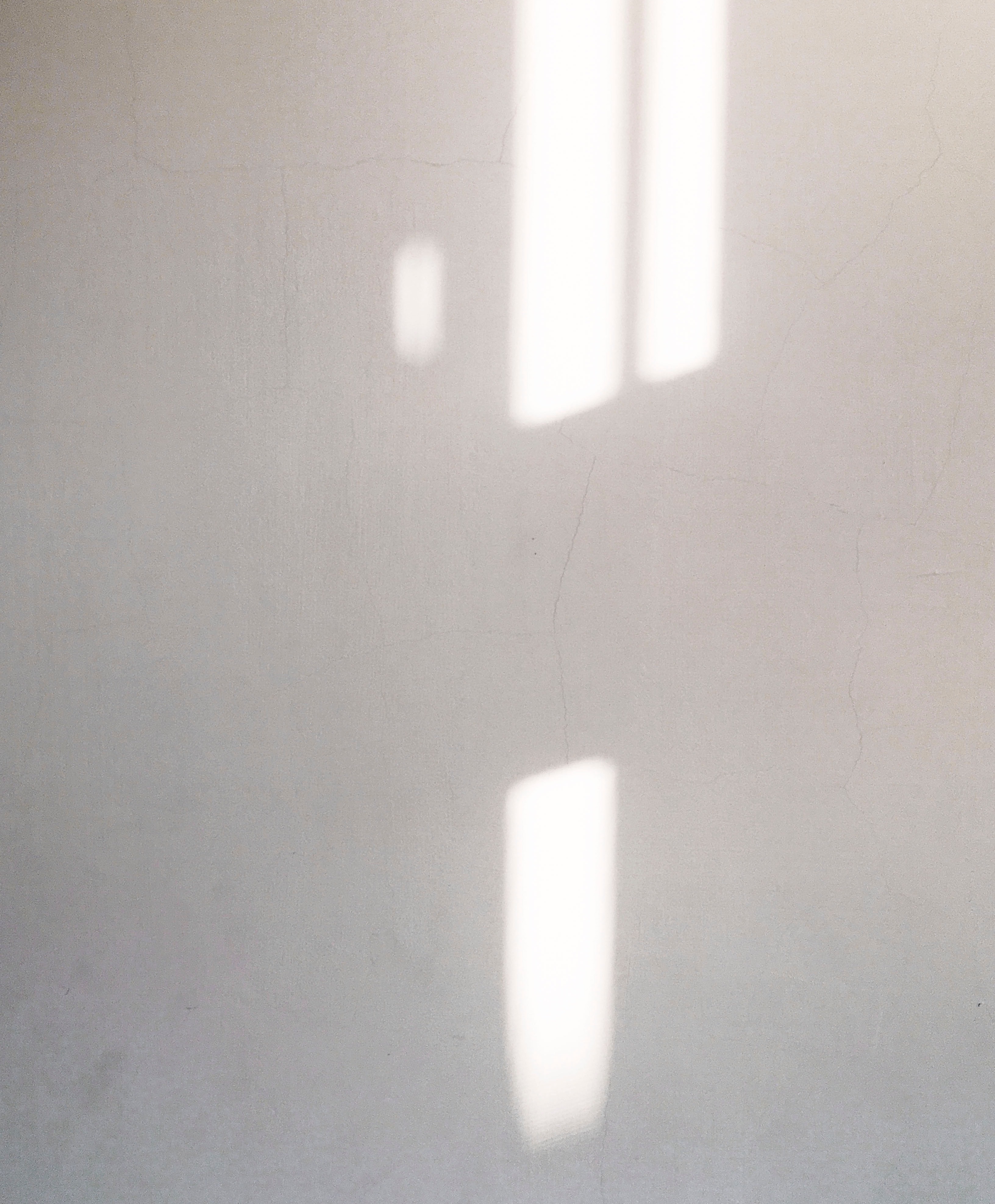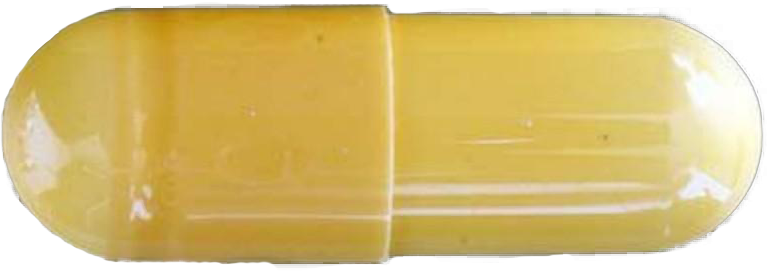
Vitamin D sometimes called the Sunshine Vitamin, is unlike other vitamins. Given enough sunlight, our bodies will make as much as we need, and we are not dependent on getting it from our diet alone. In the epidermis -the outer layer of our skin, a chemical called 7-dehydrocholesterol splits into a precursor of the vitamin when we absorb ultraviolet B (UVB) rays from the sun. This precursor, cholecalciferol, or vitamin D3, cycles through our liver, followed by our kidneys, where it is modified by a process called hydroxylation into its active form.
Vitamin D’s most dramatic effect is on the gut, followed by the kidney. In both organs, it regulates the absorption of calcium and phosphate - minerals and ions crucial for bone growth, repair, and maintenance. It is also important for skeletal muscle; the muscles that control our posture and movement. Here it improves muscle strength, helps repair damaged fibers, and may function as an antioxidant. There is also increasing evidence that vitamin D may have a role outside of balancing calcium and phosphate within the body.
It may stop certain types of cancer cells from growing and in some cases encourage them to self-destruct through a process called apoptosis.
It may also reduce the risk of heart disease and help bolster the immune system. Studies in these areas, however, continue.
Across the globe, vitamin D deficiency is common. In children, this softening and weakening of the bones is called Rickets. It can lead to deformities in the skeleton and delayed growth. In adults it is called osteomalacia; hardened bones soften, and muscle tone is lost. This leads to bony pain, difficulties with mobility, and fractures. There are many reasons why someone may lack vitamin D, but the most common causes are not enough exposure to sunlight, and not enough from the diet. Geographically, those living above 42 degrees latitude, do not receive enough UVB rays from the sun to produce any of their vitamin D, during the winter months. In the northern hemisphere, this includes a large, populated area of landmass. A line for the 42nd Parallel as it is also known passes through places such as Chicago, the northern edge of Rome, the Black Sea, the Gobi Desert, and the southern tip of Hokkaido. In the southern hemisphere, the line passes through the Rio Negro and Chabut provinces in Argentina, the Los Lagos region of Chile, Tasmania, and the Seaward Kaikōura mountain range on the South Island of New Zealand.
Those of us with darker skins living above the 42nd Parallel often do not get enough sunlight to produce adequate amounts of vitamin D, even in the summer.

Add to this the use of sunscreen and longer length clothing to avoid the harmful effects of sun exposure, it is difficult to rely on sunlight alone. Curious though it may seem, vitamin D deficiency is also common closer to the equator. In India, even though sunlight is stronger and present during a greater part of the year, a study in 2016 estimated 490 million people, approximately 38% of the population, to be vitamin D deficient. For those living in cities -working indoors, smog and pollution which absorbs UVB mean exposure to the sun is reduced. Those living and working in more rural areas may have more exposure to sunlight and higher vitamin D levels, but often a diet lower in calcium and richer in phytic acid -found in cereals crops, legumes, and seed oils, interferes with the binding and absorption of calcium within the gut, leading to a similar net effect.
High up in the Arctic Circle, where winters are dark and long, the traditional Inuit and Inupiaq diet solved this problem. Vitamin D, which is fat soluble, is readily available in seal and whale blubber, eaten as part of an indigenous diet. Seal liver, Arctic Char, musk ox, and the hare, other traditional hunted foods, also have high levels. People of Inuit and Inupiaq descent have adapted both their gut microbiome -the microorganisms that live within the digestive tract, and physiology, to absorb calcium more efficiently and get rid of excess vitamin D. Studies amongst indigenous peoples in Greenland and Alaska, have shown that those who switch to a more Western-style diet, are more likely to experience deficiency and osteomalacia, compared to those who eat a higher proportion of traditional foods.
Here in the UK, supplements are recommended for both children and adults from November to March, or October to April in Scotland. There are many preparations to choose from, as well as fortified food and drinks - from plant-based mylks, and fruit juices, to dairy products and breakfast cereals. Some foods naturally contain higher levels: red meats such as duck, goose, and venison; egg yolks - with those from birds allowed to roam outside containing higher levels; certain types of mushroom and oily fish - which have the highest naturally occurring amount.
Mushrooms, the main source of plant-based vitamin D, are interesting. Most are abundant with a precursor called ergosterol, but they must be exposed to UVB light to produce ergocalciferol or vitamin D2. Wild mushrooms picked during late summer and early autumn contain the highest levels. Sun-dried mushrooms also have a good amount.
Here in the UK, supplements are recommended for both children and adults from November to March, or October to April in Scotland. There are many preparations to choose from, as well as fortified food and drinks - from plant-based mylks, and fruit juices, to dairy products and breakfast cereals. Some foods naturally contain higher levels: red meats such as duck, goose, and venison; egg yolks - with those from birds allowed to roam outside containing higher levels; certain types of mushroom and oily fish - which have the highest naturally occurring amount.
Mushrooms, the main source of plant-based vitamin D, are interesting. Most are abundant with a precursor called ergosterol, but they must be exposed to UVB light to produce ergocalciferol or vitamin D2. Wild mushrooms picked during late summer and early autumn contain the highest levels. Sun-dried mushrooms also have a good amount.
Most commercially grown mushrooms are done so in the dark, in atmospherically controlled growing rooms. Unless they are deliberately exposed to sunlight or UVB lamps, they contain little to no vitamin D at all.

Fish is my favorite way to eat the Sunshine Vitamin. I think of hot buttered toast with tinned sardines, smoked salmon with poached eggs and Hollandaise sauce, grilled mackerel with a tart pool of rhubarb sauce, and silvery fillets of herring pickled or soused. Raised in a Bengali household, an appreciation of fish was drilled into me from an early age. I often long for the taste of sweet water fish found in the rivers and lakes of the region. When I can get hold of them, I buy Mourala; small glittery fishes which contain high levels of the vitamin. They are best prepared in a chili spiked gravy called jhal, or a sweet and sour tak made with green mangoes. Simpler still, salte
d then coated in turmeric and chili, dredged in rice flour, and fried until crisp. Shorputi, another fish high in vitamin D, is also a favorite -cooked in a thick mustard paste, dotted with onion and green chilies in a preparation called shorshe jhal.
Emerging from winter, I crave the sun. Those first rays breaching grey skies make my heart soar. I long for the feeling of its warmth. And the smell of it baked onto my skin. As the sun returns, I float about seeking its rays like that curious plankton, first discovered in the Sargasso Sea. Unchanged for millions of years, Emiliana huxleyi makes energy from sunlight, and just like us, vitamin D. It drifts and blooms in the ocean, shedding calcium-rich armour plates, turning the water a bright milky turquoise. I too shed the cold months of gloom, and drink in the sunshine. Relishing a season that is bright and full. And when long, languid days turn to insufferable heat, just like the plankton I disappear to the depths of somewhere cool. Summers here are often fleeting. Washed out by rain. All too soon autumn arrives, burnt orange and umber. Then, when the sky turns winter grey once more, I eat the sunshine and dream of its warmth.



